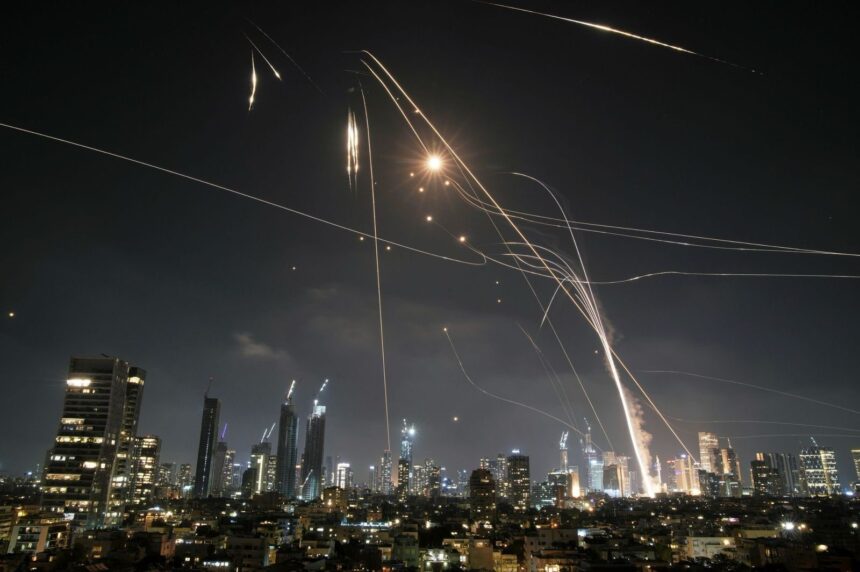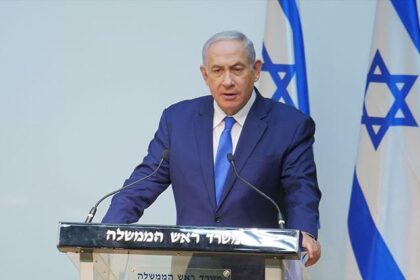On 5 June 1967, the Israeli Air Force (IAF) took off from airbases in the south of the country, flew to Egypt via a radar-evading flight path, and struck several Egyptian Air Force bases. The Israelis then returned to their own bases, refuelled, rearmed, and launched a second round of strikes on more Egyptian airbases. After the third strike, Egypt no longer had an air force.
On 7 June 1981, IAF jets flew deep into Iraqi airspace and destroyed the Osirak nuclear reactor near Baghdad—a facility long rumoured to be the centrepiece of Saddam Hussein’s nuclear programme.
On 6 September 2007, Israeli jets bombed a target in Syria’s Deir ez-Zor province, which the IAEA later confirmed was a nuclear reactor. Many of the casualties were scientists from North Korea.
In the latest iteration of Israel’s pre-emptive strike doctrine, the IAF struck several high-value military and nuclear targets in the Islamic Republic of Iran. The attack, which began sometime after 3 a.m. on 13 June 2025, continued at the time of writing—well into the day on the 14th. There are confirmed reports of damage to Iran’s Fordow, Isfahan, and Natanz nuclear facilities. Sites related to Iran’s air defence and ballistic missile programmes have also been targeted.
Seventy-eight Iranians have been killed, including two senior nuclear scientists, the Chief of Staff of the Iranian Armed Forces, the Commander-in-Chief of the Iranian Revolutionary Guard Corps (IRGC), and the head of the IRGC’s aerospace forces—killed in a bunker along with other senior commanders from his branch.
International reactions to the Israeli strikes have been overwhelmingly negative. The United Kingdom, the European Union, and other Western nations have urged restraint. The Persian Gulf states and China condemned the strikes as a violation of Iranian sovereignty and called for de-escalation. Russia, Türkiye, Pakistan, and Iranian proxies in the region condemned the attacks in the strongest terms.
The Middle East remains in limbo as the airspaces of Israel, Lebanon, Syria, Jordan, Iraq, and Iran remain closed to air traffic. The initial reaction from the United States was to distance itself from Israeli actions. Later, President Trump called the strikes “excellent” and threatened even more damage if Iran did not agree to America’s demands regarding its nuclear programme. Iran must make a deal before there’s nothing left, the president was quoted as saying. The United States pledged to defend Israel against any Iranian response.
Iran launched a limited counterattack with drones and ballistic missiles on Friday night, with supporting volleys fired by Houthi forces in Yemen. The barrages were largely unsuccessful in penetrating Israel’s missile defence system—the Iron Dome—but some projectiles made it through, and explosions were heard in Tel Aviv. Israel reports at least three fatalities on the ground. In addition to interceptions over Israel, US forces stationed in Iraq and Jordanian forces intercepted projectiles moving through their respective airspaces.
Iran has threatened further strikes, including on US bases across the Middle East. Israeli attacks appear to have deepened the lines drawn in the desert sand. Jordan continues to defend Israel against Iranian attacks while attempting to maintain a neutral image. Anxieties in other Arab countries are high due to the threat of retaliatory strikes on American forces housed within their territories.
States in the Persian Gulf have never been comfortable with the prospect of a nuclear-armed Iran; they would simply have preferred that the matter be handled diplomatically, rather than militarily, in a manner that leaves them exposed to threats from Tehran.
The Iranian Axis of Resistance, a network of allied proxies in Gaza, Iraq, and Lebanon, along with an allied regime in Syria built with the aim of surrounding Israel, appears to have had its operational capabilities greatly diminished after a destructive two-year campaign in Gaza and Lebanon that coincided with the end of the Syrian Civil War and the overthrow of pro-Iran President Bashar al-Assad.
From an Iranian perspective, however, this strike underscores how indispensable a nuclear deterrent truly is. The Axis of Resistance, intended as Iran’s asymmetric deterrent against Israeli attacks, has been systematically eroded. Iran’s conventional deterrents: its ballistic missile and drone programmes have also proven of limited utility. Iran’s air defences at home were so absent throughout this attack that Israel has been able to operate with air superiority.
The Iranian people are demanding that the government exact revenge; how effective Tehran is in doing so may influence the country’s internal stability. So far, however, Israel has shown the world that it operates on the principle of ‘might is right’, and that it currently holds the upper hand.
In a broader global context, Israeli actions lend credence to the idea that states with sufficient firepower and diplomatic backing may feel free to act as they please, even when this violates international law and established treaties. The recent Indian attacks on Pakistan seem to draw from Israel’s playbook with the notable difference being Pakistan’s stronger defensive preparedness. Israel’s successes in Iran may embolden India to conduct further attacks once it regains confidence in its offensive capabilities.
Meanwhile in Pakistan, there is public outrage at Israel and slight anxiety that Israel might target Pakistan—the sole Muslim nuclear power—once it has finished with Iran. This outcome seems unlikely, however, as Iran has been an active belligerent in the wider conflict against Israel, whereas Pakistan has only extended diplomatic support and humanitarian aid to civilians in Gaza.
The effectiveness of international bodies such as the United Nations and the International Atomic Energy Agency continues to come under scrutiny, as pressure from the United States hinders their ability to maintain regional peace and protect Iran’s nuclear assets, respectively. These institutions risk losing credibility in the face of such challenges.
This is a developing situation at the time of writing, and the true effects of these events may take months, if not years, to fully come to light.
















